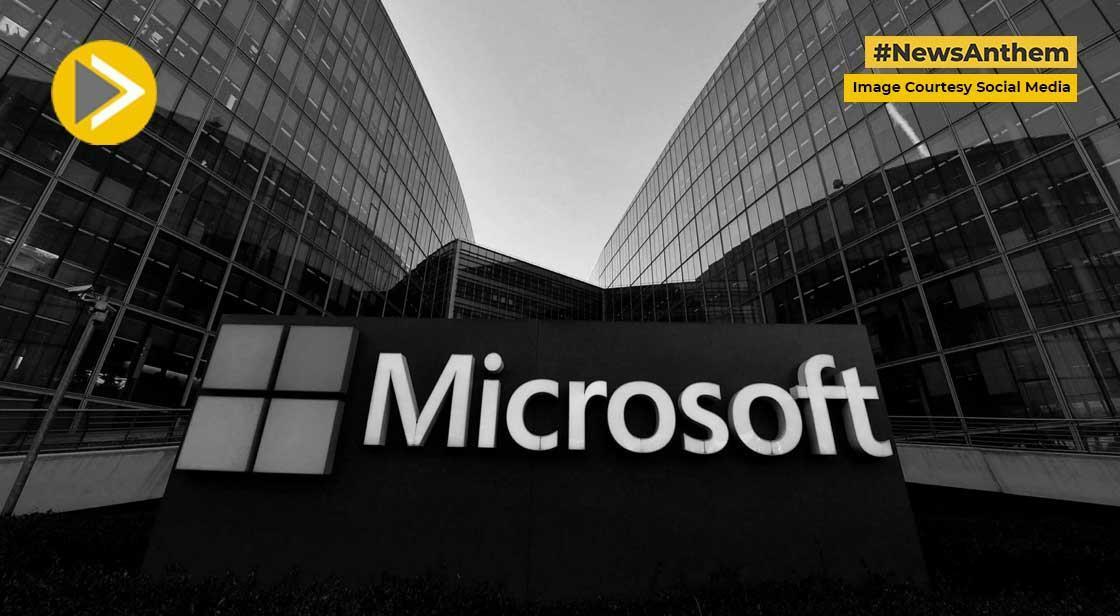Microsoft Unveils Magma: A Breakthrough AI Model for Controlling Software and Robots

News Synopsis
Microsoft Research has unveiled its latest artificial intelligence (AI) model, Magma, designed to bridge the gap between digital and physical automation. This advanced AI model is set to revolutionize how software and robotic systems interact, offering a seamless blend of visual and language processing capabilities.
By integrating these functions into a single system, Magma is poised to enhance automation across multiple industries, including robotics, software navigation, and digital assistants.
What is Magma AI?
Magma is a cutting-edge AI model that combines multimodal perception and action, allowing it to process text, images, and videos while executing commands in both digital and physical environments.
Unlike traditional AI systems that depend on separate models for perception and execution, Magma integrates these functionalities into one cohesive framework. This development makes it a more autonomous and versatile AI, with the potential to significantly improve real-world applications.
How Does Magma AI Work?
Magma's core strength lies in its ability to interpret data, generate action plans, and execute tasks autonomously. According to Microsoft, the AI system:
-
Processes visual and textual information simultaneously.
-
Navigates software interfaces and robotic controls with ease.
-
Performs multi-step tasks without requiring constant human intervention.
-
Adapts to complex environments, making it suitable for diverse applications.
This functionality marks a major advancement in AI, moving beyond simple command-based responses to intelligent, goal-driven automation.
Collaborative Development and Research
Magma’s development has been a joint effort between Microsoft Research and top academic institutions, including:
-
KAIST (Korea Advanced Institute of Science & Technology)
-
University of Maryland
-
University of Wisconsin-Madison
-
University of Washington
This collaboration has resulted in an AI model that goes beyond answering questions or following simple commands, instead offering the ability to autonomously plan and execute multi-step operations. Microsoft envisions Magma as an essential step toward the creation of agentic AI systems, capable of functioning with minimal human oversight.
Potential Applications of Magma AI
Magma AI’s ability to seamlessly integrate perception and action opens doors to numerous applications across industries:
1. Robotics and Automation
Magma could significantly enhance robotics by allowing autonomous machines to navigate complex environments, execute precise tasks, and adapt to real-world challenges.
2. Software and Digital Assistants
The AI’s software navigation capabilities could transform digital assistants, enabling them to interact with multiple applications without user intervention.
3. Healthcare and Medical Robotics
Magma AI could assist in medical settings by automating processes like surgical robotics, diagnostics, and patient management.
4. Industrial and Manufacturing Automation
Factories and industries could leverage Magma AI to automate production lines, optimize workflows, and enhance efficiency.
How Magma AI Compares to Other AI Models?
Several major tech companies are developing agentic AI, but Microsoft’s Magma stands out due to its integrated approach to perception and execution. Here’s how it compares to its competitors:
|
AI Model |
Company |
Key Feature |
|
Magma AI |
Microsoft |
Unified perception and action system |
|
Operator |
OpenAI |
AI-powered browser automation |
|
Gemini 2.0 |
|
Agentic AI for digital applications |
While OpenAI’s Operator focuses on executing tasks within web browsers and Google’s Gemini 2.0 works on developing agentic AI models, Magma takes a more holistic approach by integrating both perception and action into a single AI model. This gives it an edge in practical, real-world applications.
The Future of Magma AI
As AI continues to evolve, Microsoft envisions Magma as a key player in the next-generation AI revolution. With its ability to function autonomously across both digital and physical landscapes, Magma could set new standards for intelligent automation. Moving forward, Microsoft is expected to further refine and expand its AI’s capabilities, potentially shaping the future of AI-driven automation.
Conclusion
Microsoft’s Magma AI represents a significant leap forward in the development of intelligent automation. With its ability to process multimodal data, autonomously plan and execute tasks, and function seamlessly across various industries, Magma is set to redefine the landscape of AI applications. By integrating visual and language processing capabilities, Magma distinguishes itself from traditional AI models, making it a versatile solution for robotics, software navigation, and industrial automation.
As Microsoft continues refining this technology, Magma AI could pave the way for future advancements in autonomous AI systems, ultimately driving innovation across multiple sectors. The competition between tech giants like Google, OpenAI, and Microsoft in the AI space ensures that agentic AI models will continue to evolve, shaping the future of automation and artificial intelligence.
You May Like









